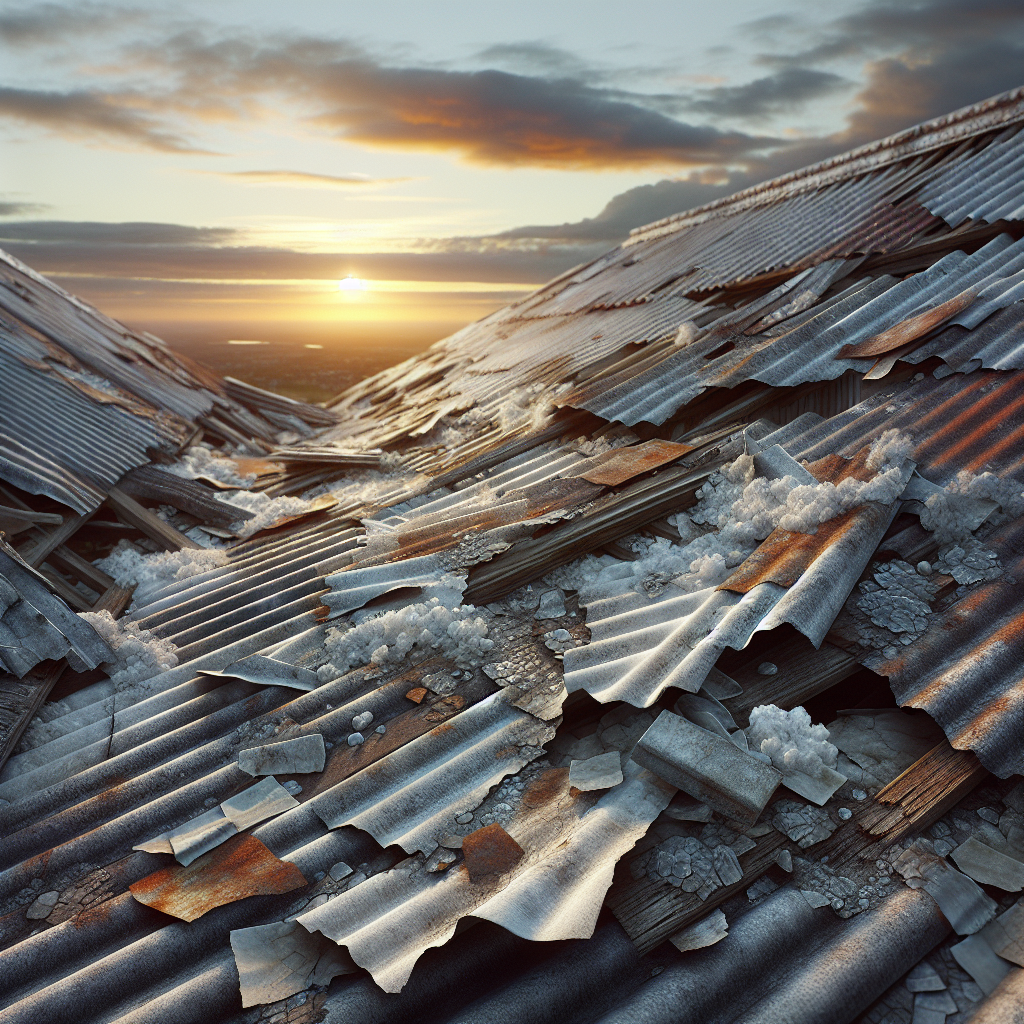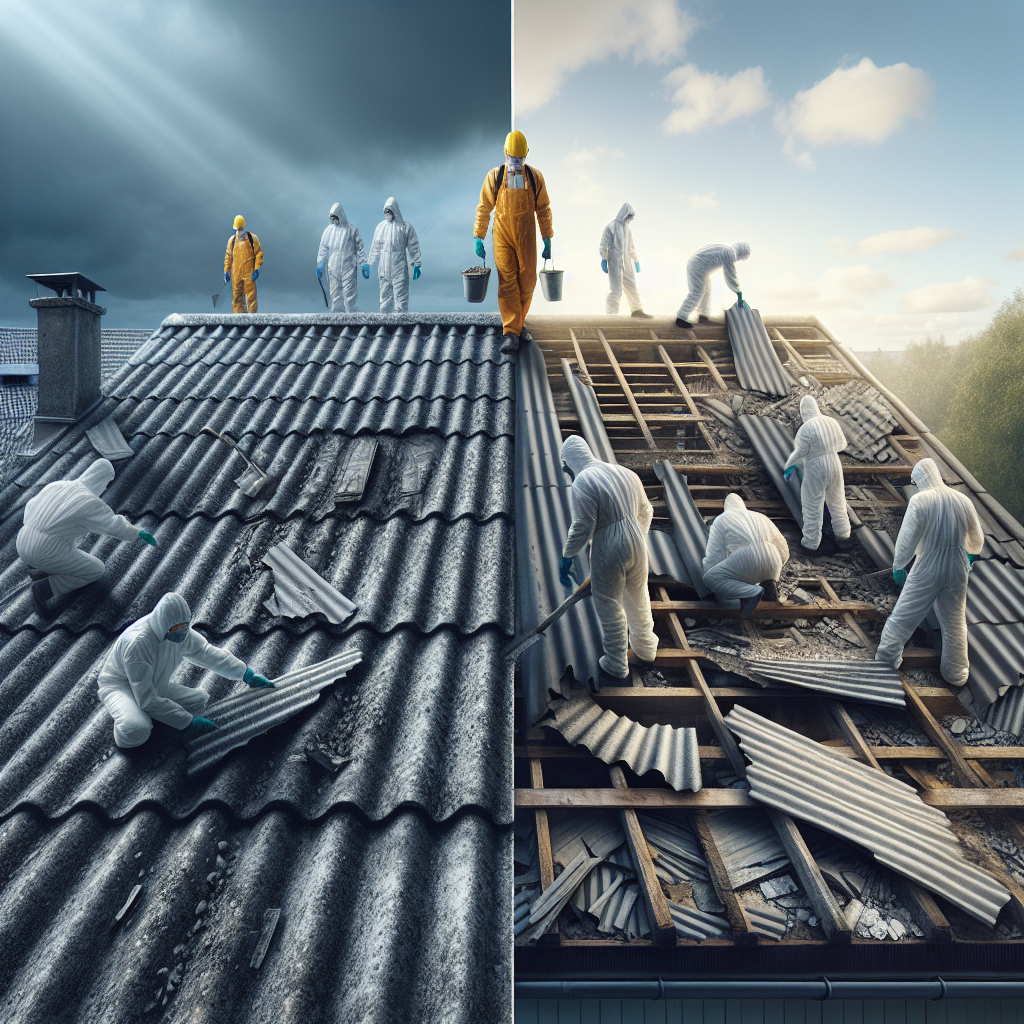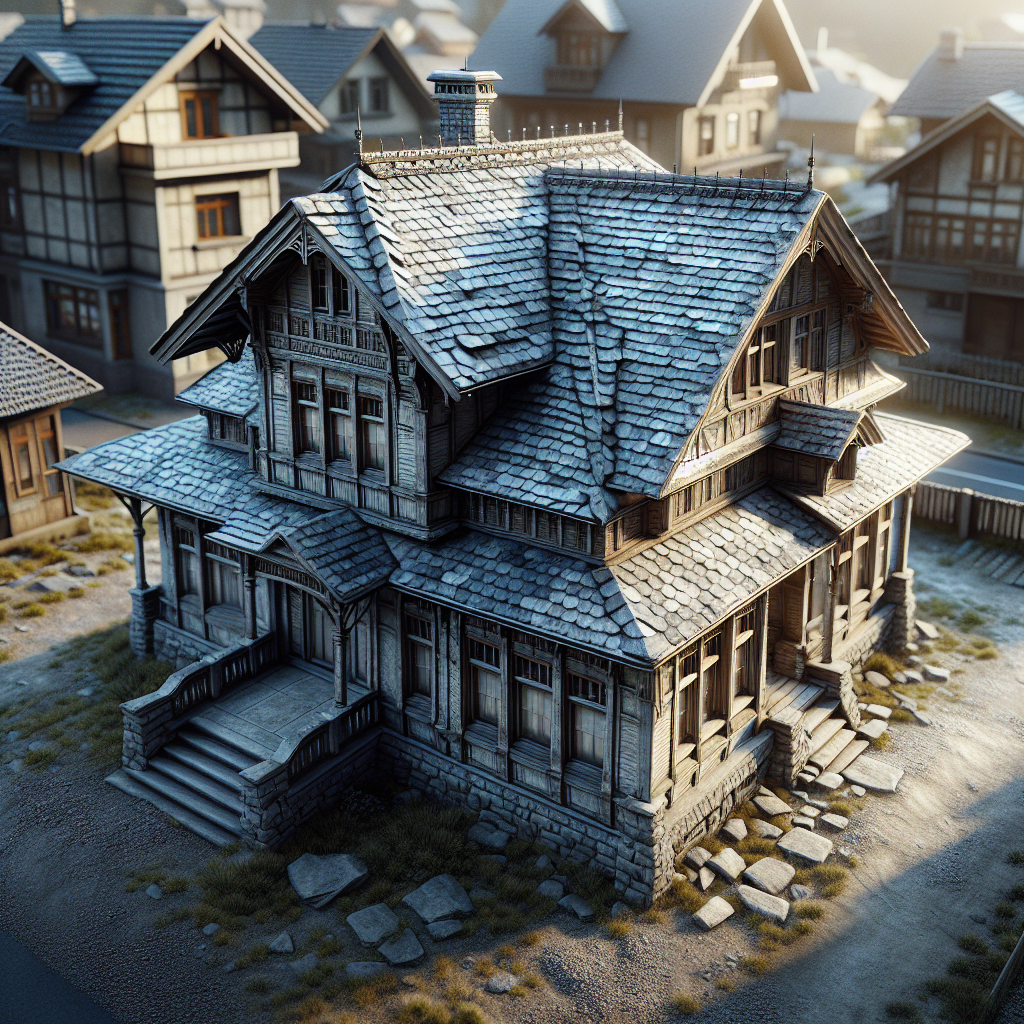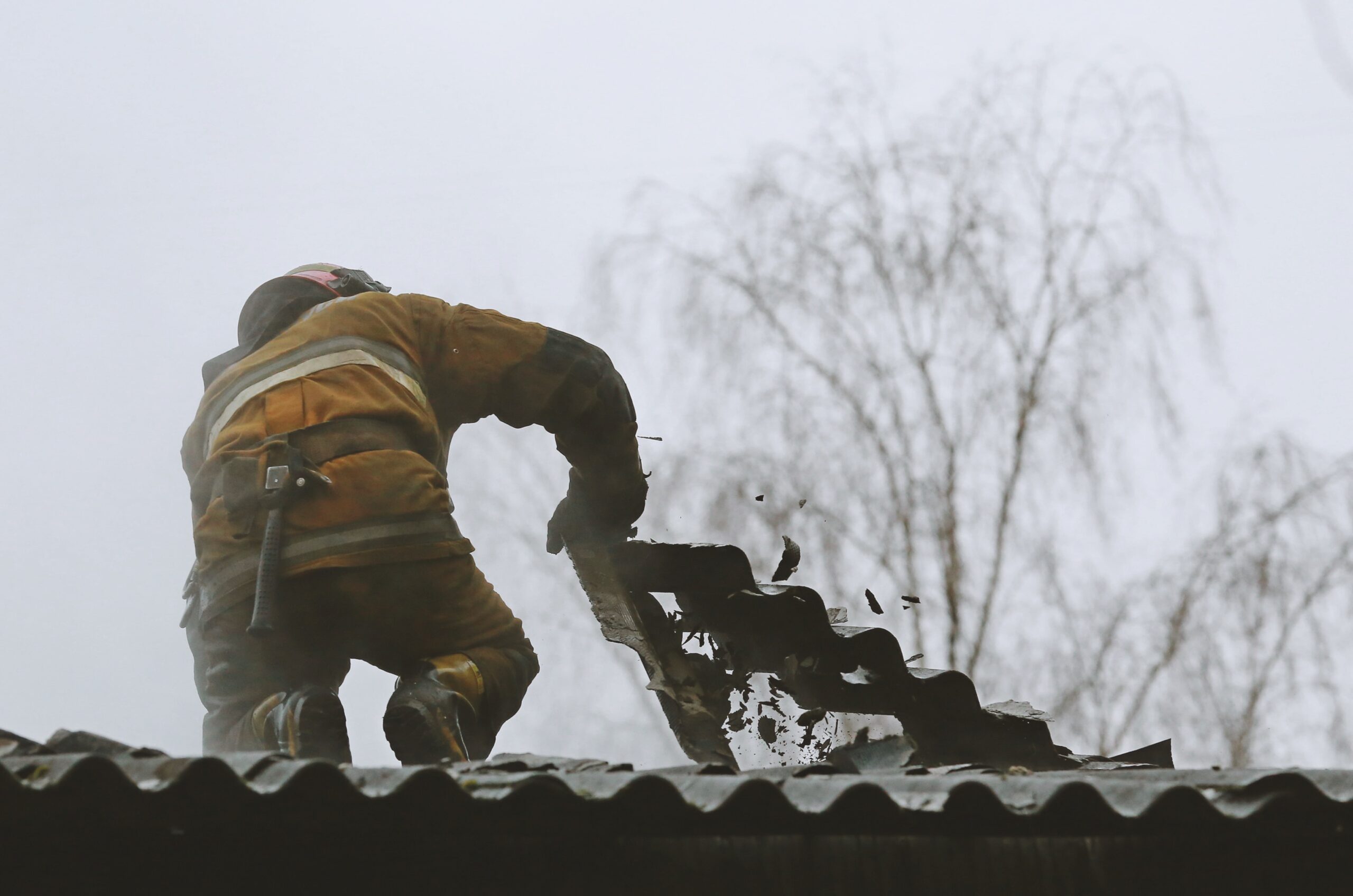
As an asbestos roof ages, visible signs of damage are often the first indicators that replacement may be necessary. These signs can range from minor cracks to significant deterioration that compromises the roof’s integrity.
– Cracks or fractures across the roof sheets
– Broken or missing roof panels
– Flaking or crumbling sections of the asbestos cement
– Discoloration or staining that may indicate water ingress
– Moss or algae buildup that can accelerate wear
Regular visual inspections, especially after severe weather, can help identify these issues early. As asbestos roofs deteriorate, they become increasingly fragile, making early detection crucial for safety and timely replacement.
Damage to asbestos roofing not only risks leaks and structural concerns but can also expose hazardous fibres if the material starts to break down. Recognising visible damage prompts homeowners to seek professional advice before health risks escalate.
The typical lifespan of an asbestos roof ranges between 40 to 50 years, depending on installation quality and maintenance. Knowing how old your asbestos roof is can provide an essential clue about its replacement needs.
– Review property documents or purchase dates for installation records
– Consult with previous owners or property managers
– Look for maker’s stamps or installation tags on asbestos sheets
If your asbestos roof approaches or exceeds 40 years, it’s wise to increase inspection frequency. Older roofs are more prone to deterioration and may not meet current safety standards.
Age is a strong predictor of asbestos roof performance. While some roofs can last longer with proper care, many need replacement as the cement material becomes brittle and less waterproof. Understanding this timeline helps plan needed maintenance or replacement before problems worsen.
Water damage is a common problem with aging asbestos roofs and often signals that replacement is near. Moisture penetration leads to structural decay and can create an unsafe environment.
– Staining or dark patches on ceilings below the roof
– Mould or mildew growth in the attic or roof cavity
– Soft or spongy areas when walking on the roof
– Increased dampness inside the property after rain
– Dripping water or visible leaks during storms
Such symptoms suggest that the roof’s protective barrier is compromised, typically due to cracks, holes, or degraded sealing. These defects allow water ingress, damaging both the roof and interior.
While minor leaks may be temporarily patched, persistent water damage usually means your asbestos roof is nearing the end of its useful life. Early detection helps to avoid costly interior repairs or structural failures.
The strength of the roof’s supporting framework plays a vital role in its overall condition. An asbestos roof might appear intact but still suffer from underlying structural problems.
– Sagging or uneven roofing surfaces
– Warping or bending of asbestos sheets
– Loose or corroded fixings and nails
– Damaged timber or metal framing supporting the roof
Structural weakening often results from prolonged exposure to weather, moisture, or added weight from debris. These issues can accelerate asbestos roof failure.
Engage a roofing expert or structural engineer to evaluate the support system. They can identify hidden problems and recommend whether repair or full roof replacement is the safest option, ensuring your property remains secure.
One of the critical reasons to monitor your asbestos roof closely is the potential health hazard posed by deteriorating asbestos materials. When fibres become friable, they can enter the air and pose serious health risks.
– Crumbling or powdery cement surfaces
– Dust or debris around the roof area
– Signs of disturbance caused by DIY repairs or weather damage
Exposure to asbestos fibres over time can lead to illnesses such as asbestosis, lung cancer, and mesothelioma. Handling or working on a damaged asbestos roof without proper precautions can worsen this risk.
If you detect signs of asbestos fibre release, contact licensed asbestos removal professionals. They follow strict safety regulations to manage and replace asbestos roofs safely, protecting both your health and the environment.
Determining if your asbestos roof needs replacing soon often requires professional input, especially when warning signs appear. Trained inspectors can assess risks accurately and suggest the best course of action.
Look for professionals who are licensed in asbestos roof inspection and removal. They can provide:
– Comprehensive roof condition reports
– Safe sampling and testing for asbestos fibres
– Clear recommendations on repair vs replacement
After inspection, a reputable contractor will guide you through:
– Legal requirements for asbestos removal
– Environmental and safety precautions
– Selecting suitable replacement materials (like metal or tile roofing)
Early engagement with experts helps to avoid delays, minimise costs, and ensure compliance with health and safety standards.
Keeping your asbestos roof in good condition is vital for both property protection and health safety. Here are the key signs to watch out for:
– Visible damage such as cracks, breaks, or flaking asbestos cement
– Roof approaching or exceeding typical lifespan of 40-50 years
– Evidence of water leaks and moisture damage inside the property
– Structural weaknesses including sagging or loose supports
– Signs of friable asbestos with possible fibre release
If any of these indicators arise, it’s important to act promptly by obtaining professional advice. Managing an aging asbestos roof safely helps protect your family and property from future harm.
To discuss your asbestos roof assessment or explore replacement options, contact us today at info@garageroofcompany.co.uk. Our experts are ready to provide reliable solutions tailored to your needs.
For further safety information on asbestos roofing, visit the Health and Safety Executive’s advice page: https://www.hse.gov.uk/asbestos/roofing.htm








Select the service that best matches your needs
Get your free no-obligation quote today